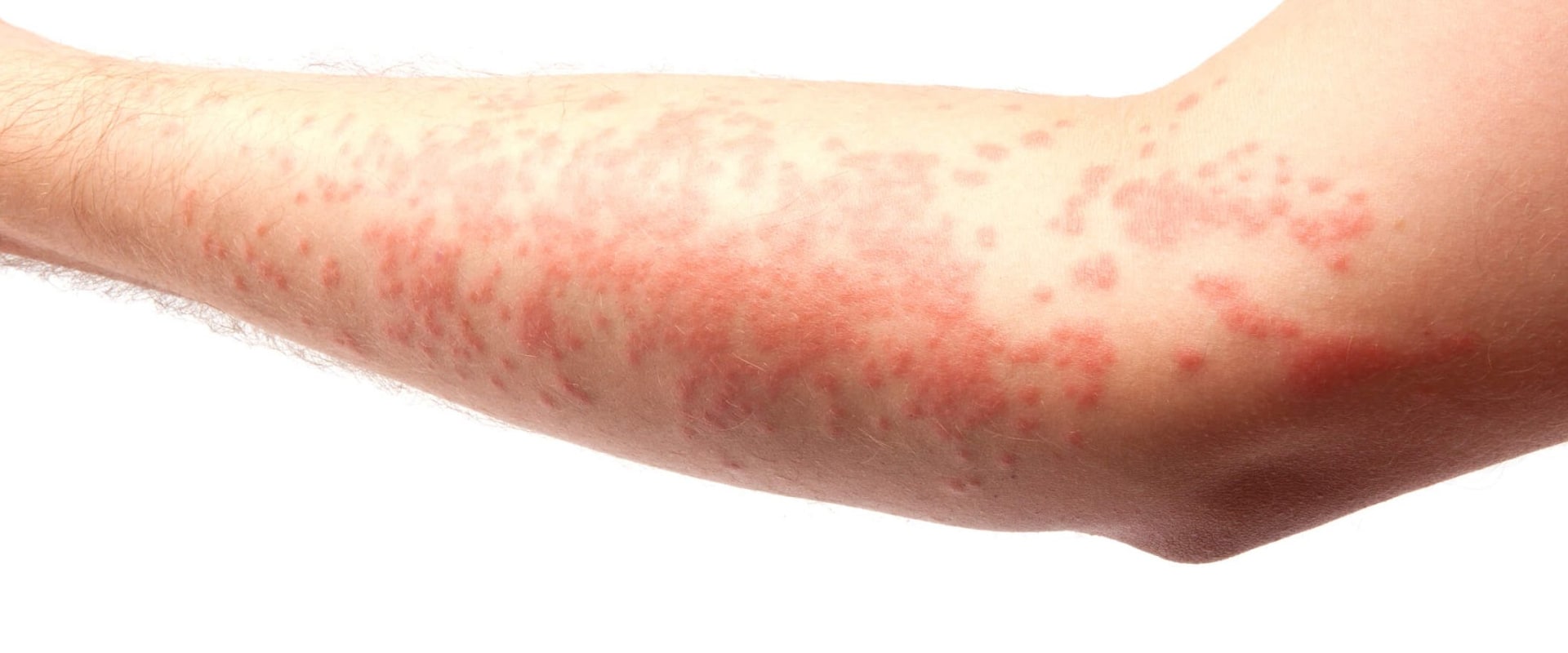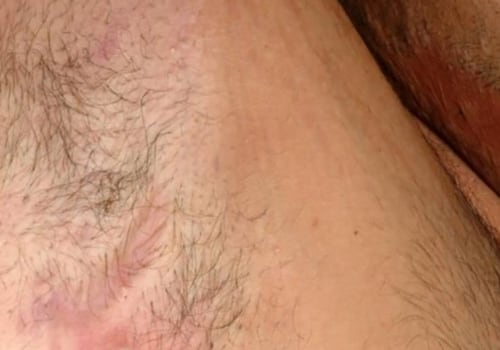Hair removal treatments can be both a blessing and a curse. While they can help you look and feel your best, they can also come with a host of risks, including skin irritation and redness post-treatment. In this comprehensive overview, we'll discuss the causes of skin irritation and redness, as well as potential treatments for managing the discomfort. Laser hair removal is one of the most popular methods for removing unwanted hair. Although it is considered relatively safe, there are some risks associated with this treatment, including skin irritation and redness.
This article will discuss the causes of these side effects, as well as some treatments that may help manage them. It's important to note that while laser hair removal can be highly effective, it is not without its risks. Before deciding to undergo this treatment, it's essential that you understand the potential side effects, so you can make an informed decision about whether or not it is right for you. When it comes to the causes of skin irritation and redness post-treatment, it is important to note that there can be many different factors at play. Potential causes include reactions to certain medications or products, exposure to extreme temperatures or humidity, contact with irritants such as soaps or detergents, or even just the natural aging process.
Symptoms of skin irritation and redness post-treatment
can vary depending on the cause, but may include itching, burning, stinging, flaking, scaling, redness, swelling, or bumps on the affected area.When it comes to treatments for skin irritation and redness post-treatment, there are several options available. These include over-the-counter topical creams or ointments, prescription medications, and even lifestyle modifications such as avoiding certain triggers or using milder soaps. Finally, it is important to note that there are physical risks associated with laser hair removal. These can include burns, scarring, changes in skin color, and even infection.
It is important to discuss these risks with your healthcare provider before undergoing any laser treatment.
Physical Risks Associated With Laser Hair Removal
Skin irritation and redness post-treatment is a common side effect of many treatments, including laser hair removal. While this side effect is usually temporary, it can also be accompanied by physical risks associated with the procedure. Before undergoing a laser hair removal treatment, it is important to be aware of these potential risks. The most common physical risks associated with laser hair removal include burns, scarring, changes in skin color, and even infection. Burns can range from mild to severe, depending on the intensity of the laser used.Scarring is also possible if the skin is not properly protected during treatment. Changes in skin color can occur if the laser is too powerful, and infection is a possibility if the area is not properly cared for post-treatment. It is important to note that these physical risks can be minimized by following the instructions provided by your healthcare provider prior to undergoing laser hair removal. This includes proper skin preparation and protection, as well as proper post-treatment care. Additionally, it is important to discuss any potential risks with your healthcare provider before beginning any laser treatment.
Treatments for Skin Irritation and Redness Post-Treatment
When it comes to treating skin irritation and redness post-treatment, there are several options available.These include over-the-counter topical creams or ointments, prescription medications, and even lifestyle modifications such as avoiding certain triggers or using milder soaps. Topical creams and ointments may be used to reduce inflammation, soothe the skin, and reduce redness. These can be found in most drugstores or pharmacies, and typically contain ingredients such as aloe, calendula, or hydrocortisone. However, it's important to speak with a doctor before applying any of these products, as some may cause further irritation when used incorrectly. Prescription medications, such as corticosteroids, may be prescribed by a doctor to reduce inflammation and redness. These medications should only be used under the supervision of a healthcare professional.
Additionally, lifestyle modifications such as avoiding certain triggers or using milder soaps may also be beneficial for reducing skin irritation and redness post-treatment.
Symptoms of Skin Irritation and Redness Post-Treatment
Skin irritation and redness post-treatment can cause a range of symptoms, depending on the cause. Common symptoms include itching, burning, stinging, flaking, scaling, redness, swelling, or bumps on the affected area. These symptoms may be localized to the area of treatment or may spread over a larger area. Itching is often one of the first signs of skin irritation and redness post-treatment. The itching may be mild or severe and can range from a tingling or burning sensation to a feeling of intense pain.Burning, stinging, and flaking are also common sensations associated with post-treatment skin irritation and redness. The affected area may become red, inflamed, and swollen. In some cases, small bumps may appear on the skin. These bumps are usually filled with fluid and can be itchy or painful. Scaling may also occur in some cases, resulting in a dry, flaky texture on the skin. If you experience any of these symptoms after treatment, it is important to seek medical advice.
A doctor or dermatologist can help determine the cause of your symptoms and recommend the best course of treatment.
Causes of Skin Irritation and Redness Post-Treatment
Skin irritation and redness post-treatment can be caused by a variety of factors, including reactions to certain medications or products, exposure to extreme temperatures or humidity, contact with irritants such as soaps or detergents, and even the natural aging process.Medications and products
Some medications and products can cause skin irritation and redness post-treatment. These include topical creams, ointments, lotions, and gels that are applied directly to the skin. Some of these products may contain ingredients that can irritate the skin, leading to redness and itchiness.Extreme temperatures and humidityExposure to extreme temperatures or humidity can also cause skin irritation and redness post-treatment. In hot climates, the skin may be exposed to excessive amounts of heat, leading to dryness, redness, and itching. In cold climates, the skin can become dry and cracked due to the lack of humidity in the air.
Irritants
Contact with irritants such as soaps or detergents can also cause skin irritation and redness post-treatment.These substances can strip the skin of its natural oils, leaving it feeling dry and itchy. Additionally, certain perfumes and fragrances may also cause irritation to sensitive skin.
Aging
The natural aging process can also contribute to skin irritation and redness post-treatment. As we age, our skin becomes thinner and more prone to damage from the environment.It is important to protect your skin from the elements by wearing sunscreen and avoiding harsh cleansers or products. Skin irritation and redness post-treatment can be a common side effect of many treatments. It is important to understand the potential causes of this condition, including those associated with laser hair removal, as well as the available treatments. By being informed about these topics and discussing them with your healthcare provider, you can take steps to reduce your risk of experiencing skin irritation and redness post-treatment. The risks associated with laser hair removal should not be overlooked, as they can range from minor skin irritation to more serious long-term effects.
To ensure the best possible outcome, it is important to carefully consider the possible side effects before undergoing any treatment.







